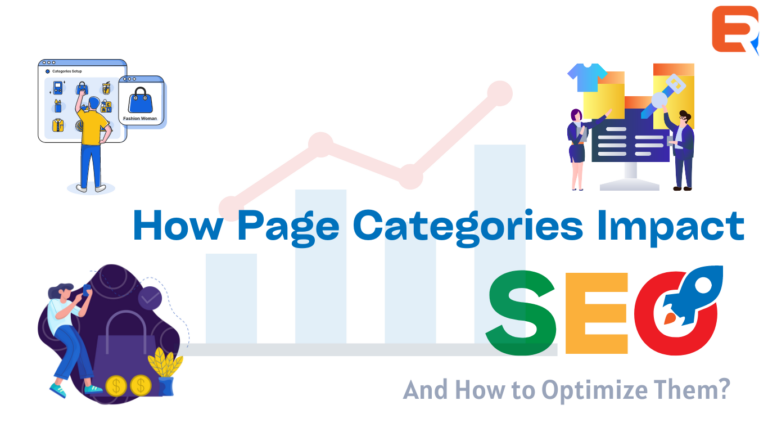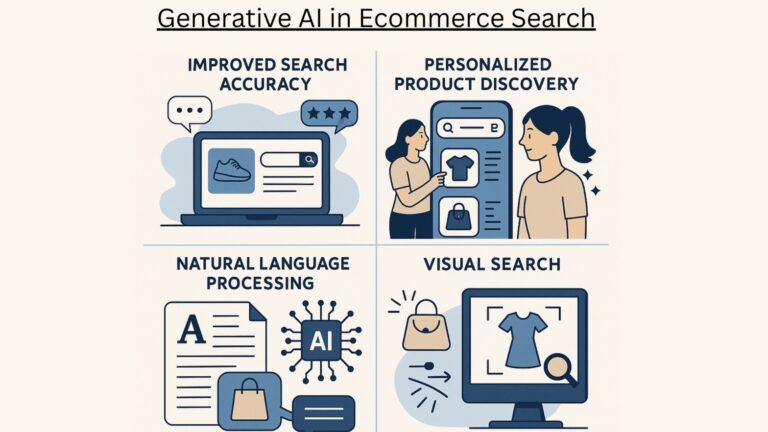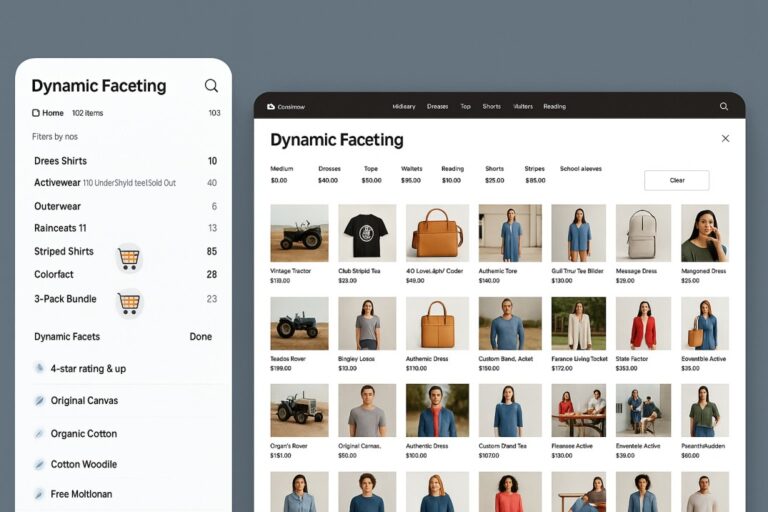A good rank on the search engine result page is all an e-commerce site needs to gain recognition and increase traffic on its website. Adopting an effective and high-performing strategy for your SEO is necessary, and page categories are one of the most overlooked fields in planning a successful search engine optimization. Here is all the information you need to understand its importance and adopt various strategies to optimize it.
What Are Page Categories?
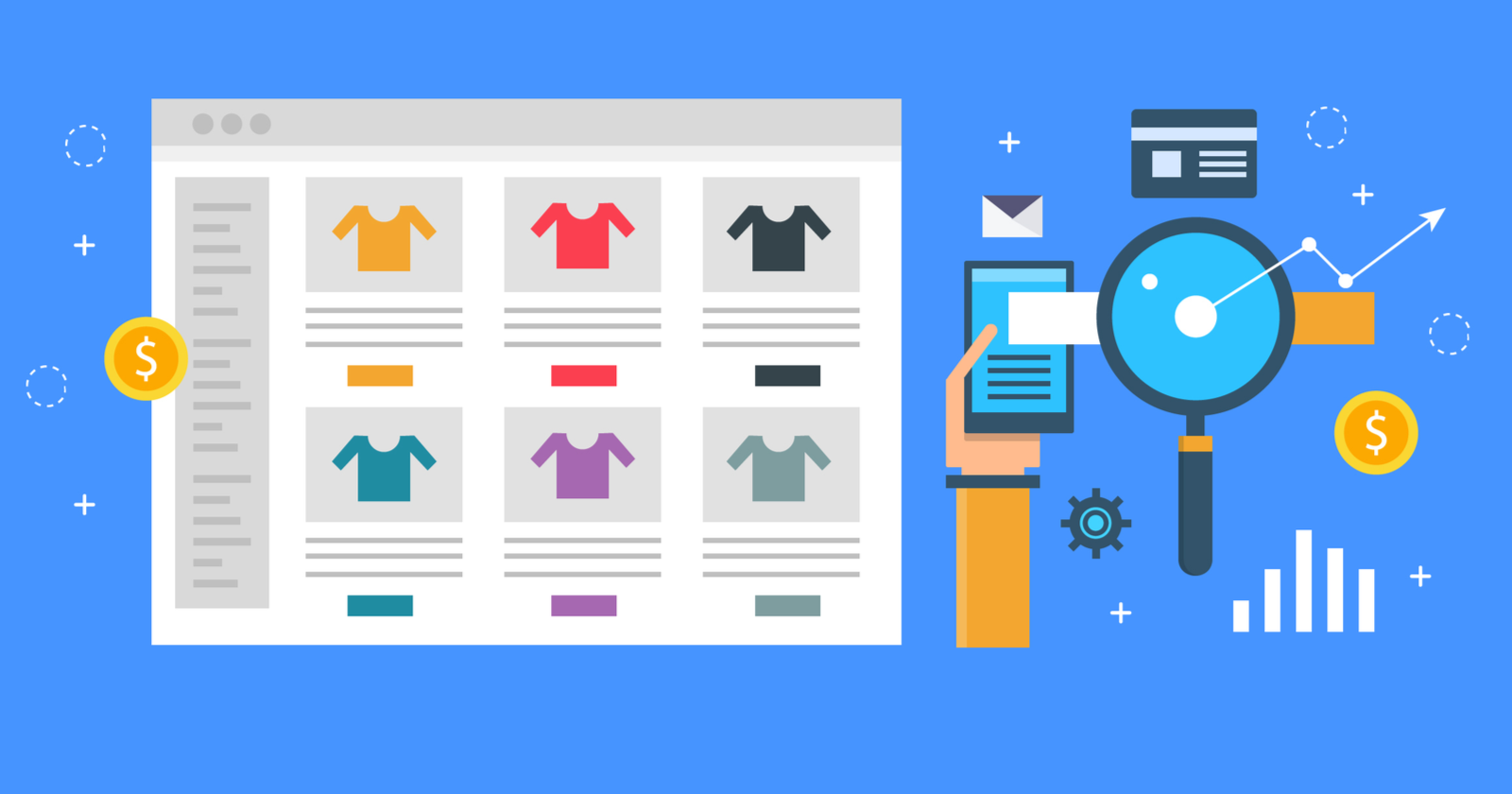
Page categories usually sit at the top of the product page, systematically identifying your site’s various products. They comprise an essential part of the site’s overall structure.
Suppose you are on a website offering healthy food products; The categories might include ‘high protein foods’, ‘gluten-free foods’, ‘family meals, and many more. It’s the list of topics you want your customer to explore on your website. You can also include keywords here.
Therefore, customers can easily navigate to the particular product category they are interested in. This escalates your customer experience on your website and helps you to satisfy them in the best possible way. It also lets you discern your site’s purpose and build brand loyalty.
Now that you have already acquired some preliminary ideas regarding product categories, let’s move to how product categories can affect SEO rankings.
How Are SEO Rankings Affected By Page Categories?
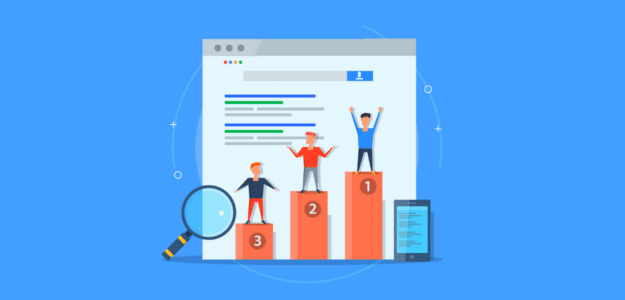
Below are the various ways you can top SEO ranking in Google by enhancing your page categories and efficiently organizing them.
- Support Deep Site Structure
Page categories help online crawlers classify the page content accurately and increase the traffic on the site. A flat site structure hampers optimum crawlability. A flat structure results if site pages are just a click away from the home page.
- Offers Relevant And Helpful Context
If the crawlers view the URLs through a site map, that results in a loss of relevant context highlighting the relation between two pages. Page categories with the correct use of keywords increase the relevancy and make your website top the rankings on Google. It is important to note here that Google rewards relevancy. Without the proper planning of product categories, it would not be easy to increase the page’s relevancy to the site. This will also hamper the ranking and decrease the traffic on your website.
- Skillful Organization Of Category Page Boost Dwell Time
Dwell time refers to the amount of time a person spends on a webpage after entering it through a link on a SERP page and before gouging back to the SERP results. In simplest terms, this means the brief time you spend on a webpage and browsing its content.
An increase in dwell time would mean that the customers are more interested in your products and find your site valuable. This might also affect the conversion rates of your website. A well-planned category page with descriptive titles and high-quality content can also increase the dwell time.
Customers always look for a highly informative and meaningful website. They will find it worthwhile to stay on your website if they receive unique and authoritative content. Additionally, the category page makes it easier for them to find the right thing they are looking for.
- Increases The Traffic In E-commerce Sites
It has been found that a site having a well-planned category page has better SEO rankings than a product page. This is because it takes approximately 5 seconds to jump to another website if the audience doesn’t find the relevant content on your website.
The product page on your site will only be able to display some types of products in one go. But with a product category page, this makes sense as it will filter the various categories in one place. So, it consumes less time for the customers to find what they are looking for.
Ways To Optimize Page Categories

Once you have already known how product categories might impact your SEO and site ranking, it’s essential to know all the various ways how you can optimize your page categories. Here are the top ways that will help you in this case.
- Include Relevant Heading Only
Make use of multiple headings that offer the utmost relevance to your content. Place a primary header right at the top that nicely explains the theme of the title tag for the whole page. Follow it by adding subheadings on sub-themes that will help emphasize them and make it easy for your customers to find them.
- Make Sure That The Content On Your Page Category is Unique And Informative
Give all your categories unique and descriptive names that are unique and catchy. Make sure that you include as much information as possible in the title. Consider including unique and thoughtful content in the category description to ensure customers fulfill their expectations.
This will help you secure the trust of your customers, and they will be able to ensure that the amount they will be spending on your products is worth it. To escalate the customer’s experience, you can include a link in the description that will guide them to relevant content faster.
- Include Descriptive Category Names
Using a similar category name twice on your page category can confuse your customers and make it difficult for them to understand the difference between both. Ensure that you include content that will provide necessary information to the customers related to your products.
This also facilitates improving SEO ranking, as duplicate content might hamper this. Therefore, you must consider unique and relevant descriptions and delete similar ones.
Final Thoughts
To build a successful e-commerce website, you need to focus on every aspect that might interfere with traffic on your site. Just like you realize the importance of an attractive design for your home page, developing a thoughtful category page is also essential to secure better rankings and conversion rates. Therefore, if you want your site to acquire a top position in the SERPs, thoughtfully develop product categories that will highlight your website as being the most informative and helpful among all your competitors.
